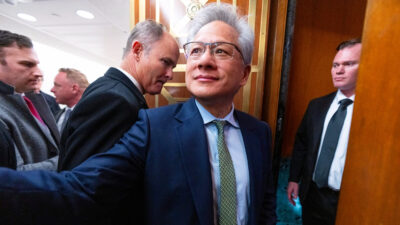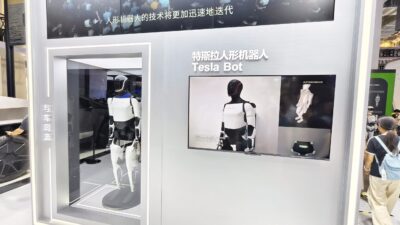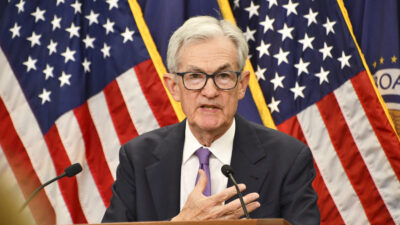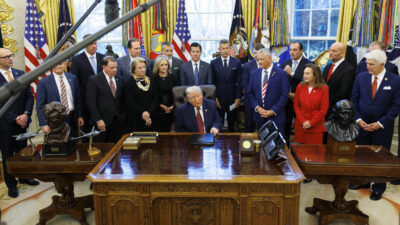Imports Drive Unexpected Contraction in US Economy
The biggest factor behind the slip in first-quarter GDP was Trump’s will-he-or-won’t-he, start-and-stop trade war.

Sign up for smart news, insights, and analysis on the biggest financial stories of the day.
The US economy shrank for the first time in three years in the first quarter, according to the Bureau of Economic Analysis (BEA), amid a surge in imports as buyers raced to get ahead of President Trump’s tariffs.
Behind the 0.3% contraction in GDP were numbers economists called “extreme” and “weird.”
March-ing Toward a Cutoff
The biggest factor behind the slip in first-quarter GDP was Trump’s will-he-or-won’t-he, start-and-stop trade war, often announced in dramatic social media posts only to be paused for extended negotiations. Net exports, meaning the gulf between what America imports and exports, took almost 5 percentage points off of headline GDP, the biggest export drag since tracking began in 1947. In the simplest terms, that means businesses hastily moved to get ahead of new levies and bring goods into the US. Imports impact the GDP figure because the BEA subtracts their value to ensure only spending on domestic goods is measured in GDP.
The other “hard data” — the quantifiable things economists can point to, as opposed to sentiment-based “soft data” — remains sound. “Look into the details, and the GDP report really isn’t that bad,” the respected University of Michigan economist Justin Wolfers wrote in a social media post. For example, the US has added 456,000 jobs this year, more than expected. And the Bureau of Economic Analysis said on Wednesday that consumer spending — which accounts for more than two-thirds of the US economy — surged a better-than-expected 0.7% last month. But, as Wolfers also noted, the new data only pertains to the economy as of the end of March (“ancient history” as he dubbed it), meaning the latest tariff shocks aren’t reflected:
- Of particular importance, he flagged that a significant rise in investment — which contributed 3.6 percentage points to Q1 GDP growth — “appears to be almost all due to pre-tariff front-running.” Indeed, 2.2 percentage points of that investment gain was due to companies boosting their inventories to beat tariffs. Consumers, meanwhile, spent on big ticket items like cars, motivated by the same forces.
- “There’s not much reason to be confident that this quarter’s strength in investment will be repeated next quarter,” Wolfers added. “The big question remains: How did the economy respond to April’s tariff announcement? We don’t yet know.”
Harvard economist Jason Furman similarly noted the “very extreme” increase in imports and inventories as reason for caution. “There is no doubt the trade war was having a huge effect on the data and the reality in the first quarter,” he wrote. “Absent the big April policy change, I would have said the initial numbers here are solid.” Among the ones Furman flagged were “core GDP,” an indicator of consumer spending and private investment, which rose at a much rosier 3% annual rate than the negative 0.3% for real GDP.
Taking the Temperature: Trump asked Americans to “be patient” with his economic policies in a social media post, but consumer confidence has tumbled — one sign spending could stall — and economists increasingly see a downturn in the cards. Morgan Stanley, Goldman Sachs and JPMorgan Chase all put the odds of a recession this year at 40% or higher.











